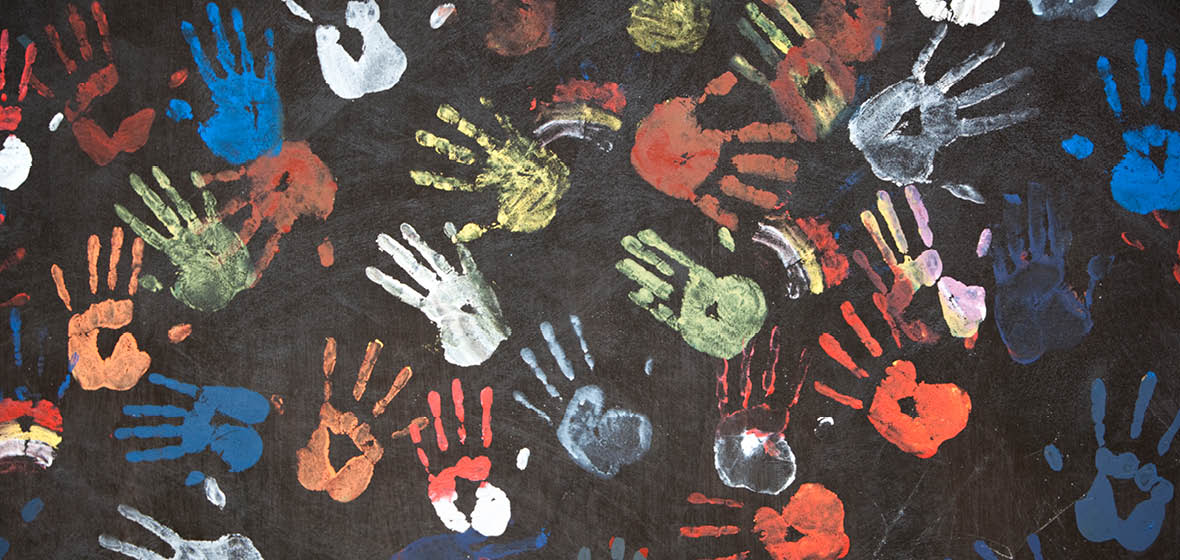Snapshot
- Over the past quarter of a century, the Disability Discrimination Act has contributed significantly to social change for people with disability and has been used to fight against discriminatory practices in many fields, including employment, education, access to transport, goods, services, facilities and more.
- Notwithstanding the success and progress, people with disability in Australia still face challenges and barriers in almost every aspect of life.
- The Australian Human Rights Commission receives more complaints of disability discrimination than any other discrimination area. Of those complaints, most are in the realm of employment.
It was 25 years ago this month that the Disability Discrimination Act 1992 (Cth) (the ‘DDA’) commenced operation. On 1 March 1993, Australians with a disability had a national law that was designed to provide them with equality in many areas of life. Over the past quarter of a century, the DDA has contributed significantly to social change for people with disability and has been used by thousands of them to fight against discriminatory practices in many fields, including employment, education, access to transport, goods, services, facilities and more.
One such person is Scarlett Finney. In 1997, 5-year-old Scarlett attempted to enrol at Hills Grammar School, located in the Hills district of Sydney. The school rejected her enrolment because of her disability, spina bifida. The school claimed it would not be able to accommodate her. Using the DDA, Scarlett took her matter to the Human Rights and Equal Opportunity Commission (as the Australian Human Rights Commission was then known). Former Commissioner Graeme Innes found that the school had discriminated against Scarlett in refusing her enrolment (Finney v The Hills Grammer School [1999] HREOCA 14). The school’s subsequent appeal to the Federal Court was dismissed (Hills Grammar School v Human Rights & Equal Opportunity Commission [2000] FCA 658). Hills Grammar is now a pioneer in inclusive education, embracing children with disabilities and particularly students with spina bifida. This case is a shining example of how people with disability have used the DDA to remove barriers and challenge long-held assumptions about people with disability. (See a video on Scarlett Finney’s case).




